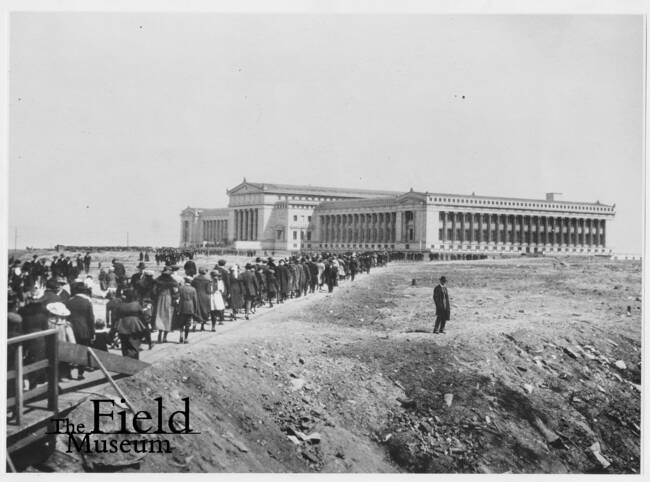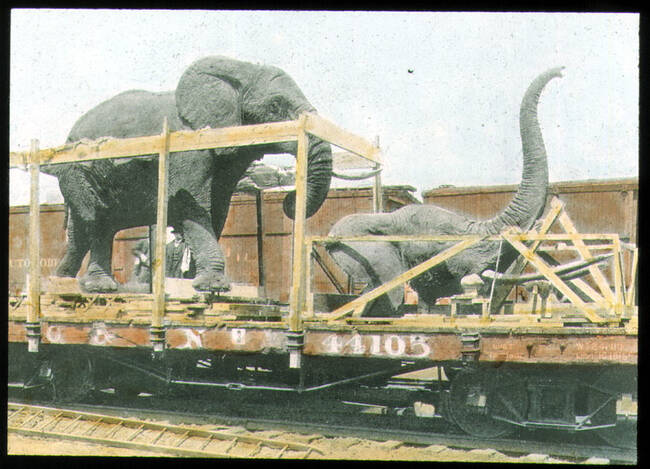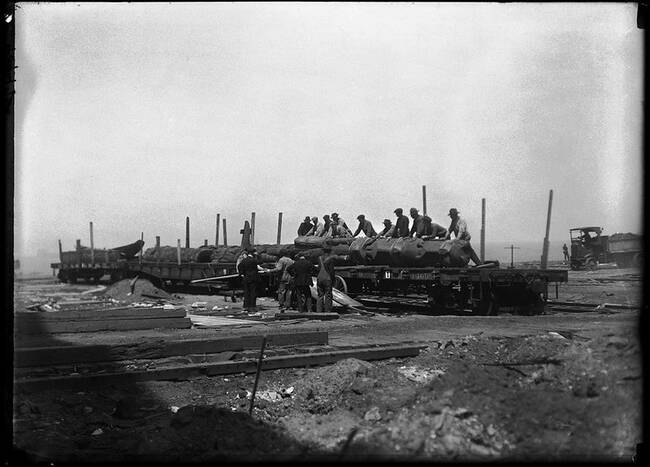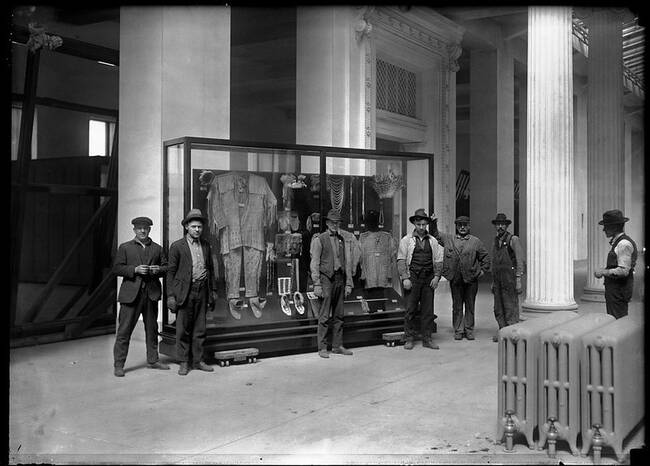Nested worlds
This well-known photograph can be seen at the entrance to Chicago’s Field Museum:

It was taken by the photographer Charles Carpenter on the museum’s opening day, May 5, 1921.
What struck me the first time I saw it was not the large crowd, extending further east and west than the picture shows, or the single figure in the foreground, showing no interest in the queue at this moment, or the huge and purpose-built new building. What I saw was the denuded landscape around the new museum; bulldozed muddy dust, marked by piles of occasional leftover construction debris.
The site is a world in between acts; the swamp and wetland that were here before Chicago are gone, the same for the work sites or houses or tenements that predated this location near Grant Park (I wasn’t able to find what exactly was in this site before).
This picture also seemed like a very Chicago image: the building is a picture of optimistic strength, amidst an environment that has been wiped into an unrecognizable blank slate by the railroad. The ground has been literally carried away amidst waves of Chicago industrialization.
While I was hunting for a copy of Carpenter’s picture, I found another set from the Field Museum library archives which shows the long and awkward process of moving the museum’s artifacts from the Palace of Fine Arts Building in Jackson Park (now the Museum of Science and Industry) to the Field Museum’s current location.

They had to construct a temporary railroad for the new Field Museum just to get all the specimens in. Trains and railways exist on principles of interchangeability, but these treasures do not. You can see their superhuman proportions slamming into the too-practical spaces of railway transport. Totem poles were not meant to travel by rail:

Each boxcar contains its own nested world. Reconstructed skeletons of extinct creatures, geodes recording lost epochs, taxidermied beasts from some safari, sacred goods; terrariums. Before these specimens were specimens, they lived in the open air, on ground just like that where the museum was built. Now that ground is empty, and these worlds are recreated inside the museum, miniature controlled swamps, grasslands and artifacts, alongside each other in same room, little recreated scenes limited by the museum curators’ abilities to imagine them. The diorama remains a major mode of presentation for the museum today. The pictures of constructing and repopulating this building out of gravel are a nice record of the artifice that goes into creating a museum.
